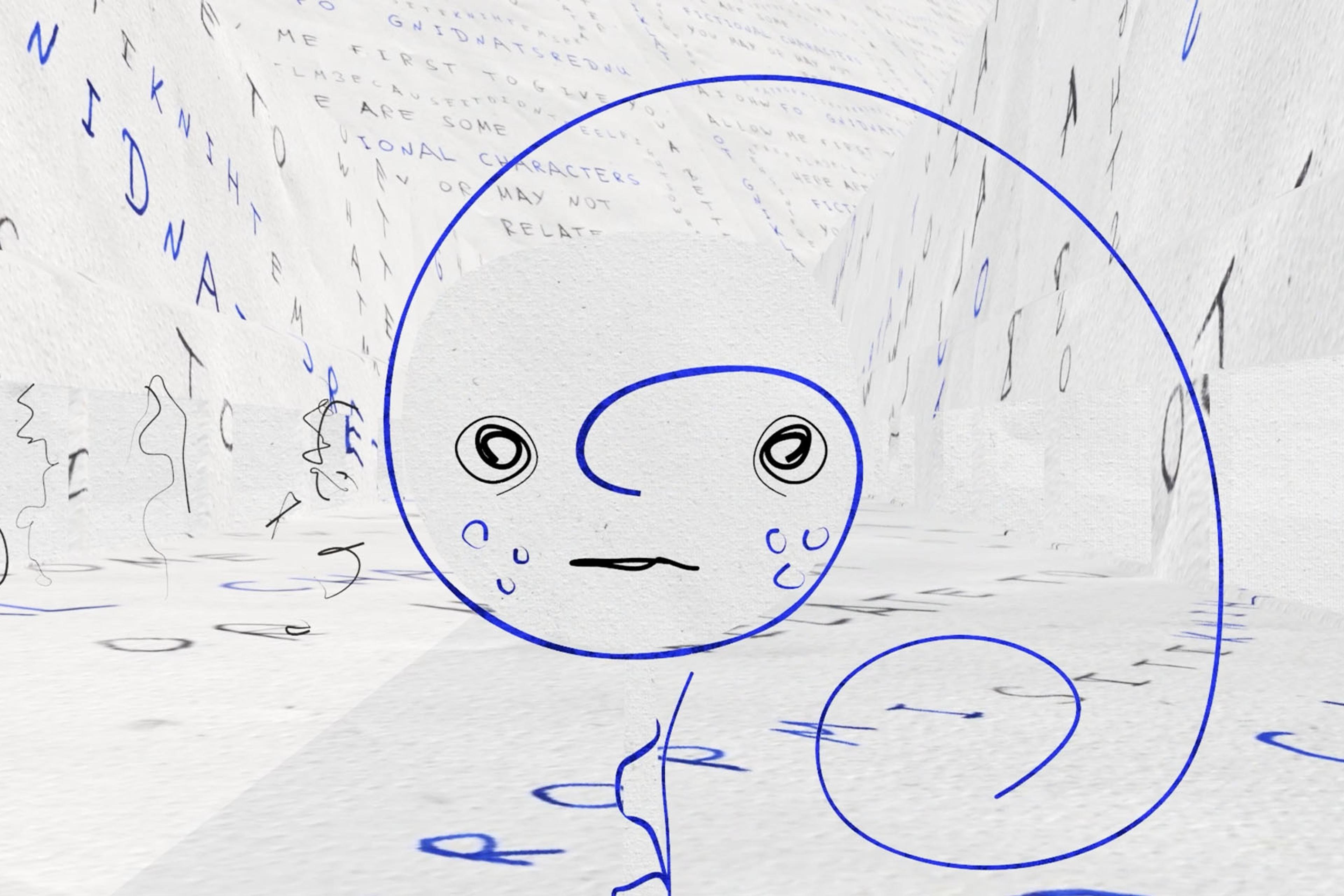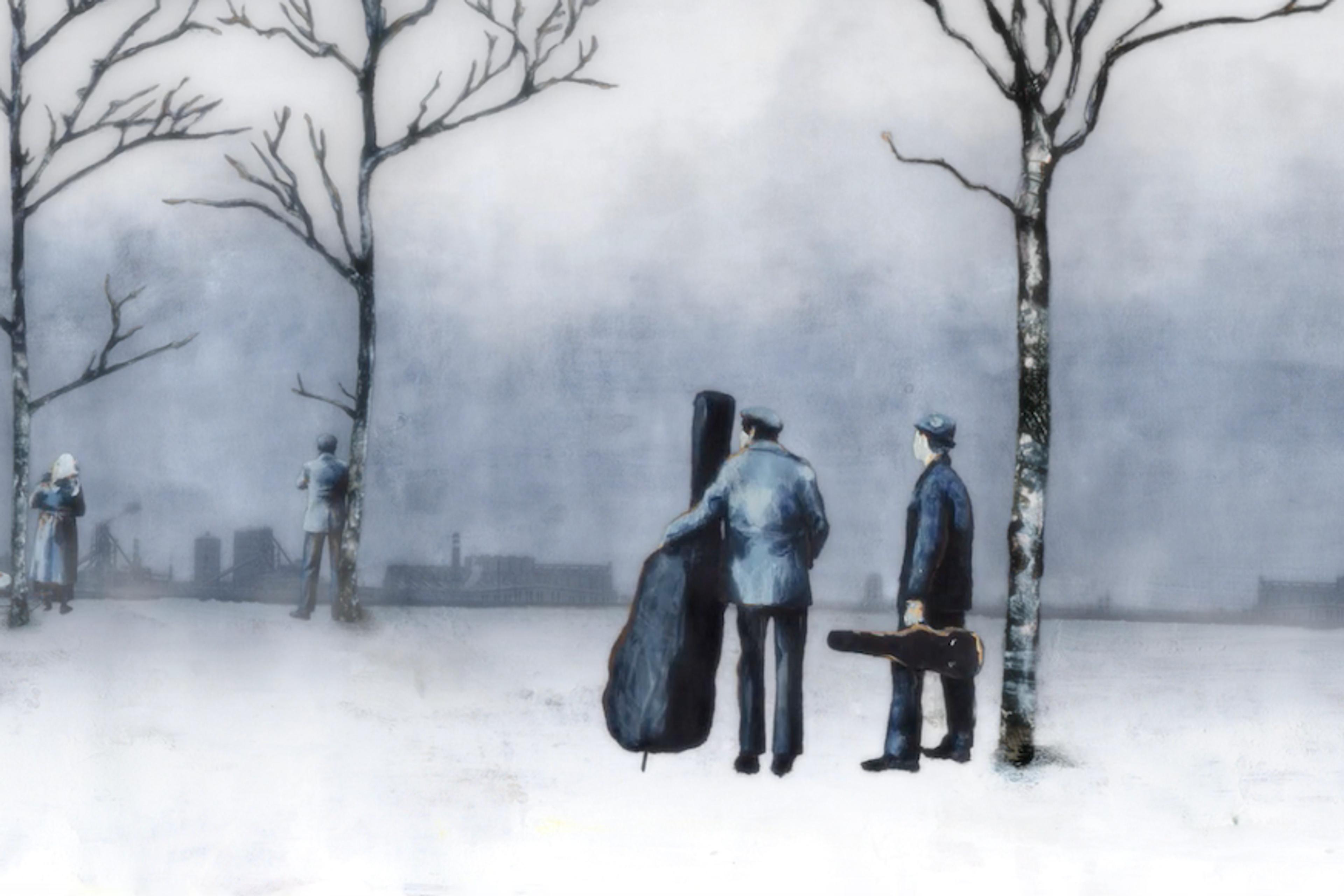Warning: this film features rapidly flashing images that can be distressing to photosensitive viewers.
Experimentation meets skilled artistry, stylish filmmaking and what seems to be a robust production budget in Inside the Blind Iris. Commissioned by Sadler’s Wells Theatre in London, the piece follows the acclaimed UK dancer and choreographer Botis Seva as he moves from a mundane outside world into a black-and-white factory of peculiar funhouse spectacles, including a door opening to reveal a wall of eyes and a massive hand reaching into view from the beyond. These images are paired with the jerky, street-inspired dance moves of an accompanying ensemble, representing troubled memories in the surreal terrain of his mind. They move amidst another dramatic dance – one of light and shadows that summons the masters of German expressionist cinema.
Despite these eclectic moving parts, the film’s trajectory resembles an age-old story arc, following a character’s disillusionment with reality, journey into the strange unknown, and ultimate rebirth. The weight of routine, a lack of agency and the claustrophobic feeling of having no way out suffuse the production – in images of the protagonist being manipulated as a marionette, and in phrases like ‘you are stuck in a daydream’ and ‘the machine was not made for you’, which are animated into the frame. But, rather than completing the hero’s journey, Seva and the Brazilian director Douglas Bernardt leave viewers with one last staggering image before cutting to black, leaving the film’s ultimate comment on transformation and self-discovery in the eye of the beholder.







